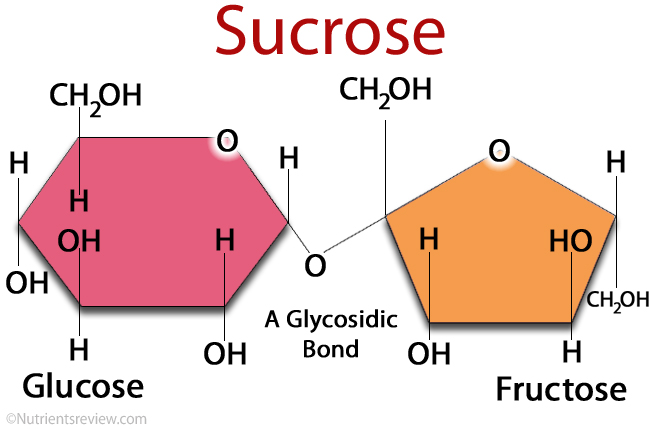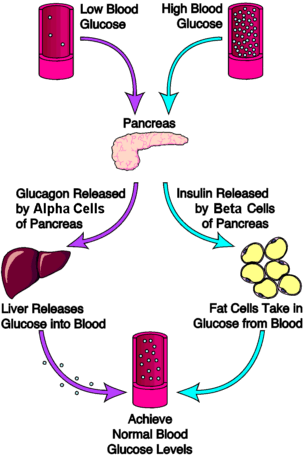Not Just another ePortfolios site
Sugar is Sugar
Considering that our cells depend on sugar for energy, it makes sense that we evolved an innate love for sweetness.
Often regarded as ‘white poison’, sugar has attracted huge criticism from both scientists and nutritionists for its negative effects on a body’s health. More people are starting to realize that sugar is the key reason behind the obesity epidemic. This epidemic is shown by a World Health Organization report, stating obesity rates have doubled since 1980.
The argument that sugar is a toxin depends on some technical details about the different ways the human body gets energy from different types of sugar. Today, Americans eat most of their sugar in two main forms: table sugar and high-fructose corn syrup.
Refined sucrose is commonly referred to as table sugar or just sugar. Sucrose plays a central role as a leading processed food additive. A bond between one glucose molecule and one fructose molecule makes a sucrose molecule.

Fig 1. Dehydration of a glucose and fructose molecule to form a sucrose, a disaccharide.
Another industrial sugar that is prevalent in our food supply is fructose. High fructose corn syrup (HFCS) is a sweetener made from corn starch that has been processed by glucose isomerase to convert some of its glucose into fructose.

Fig 2. Glucose isomerase converting glucose to fructose. On average HFCS is 15-20% higher in fructose content.
These sugars have no nutritional value, and are primarily used in the food processing industry to increase the shelf-life of baked products and for improving the color, texture and flavor of food and beverages.
Despite the type of sugar consumed, cells in the body are interested in dealing with monosaccharides, fructose and glucose, not the bulkier disaccharides compounds, such as sucrose. Enzymes in the small intestine produce the sucrase enzyme to assist in the hydrolysis process that cleaves sucrose into fructose and glucose rapidly.
Glucose travels through the bloodstream to all of our tissues and is able to be readily utilized as a source of energy by every cell. However when investigating the metabolism of fructose, we observe that liver cells are one of few that can convert fructose to energy, this burden of metabolizing fructose becomes a task assigned to entirely one organ. The liver completes this task primarily by turning fructose into glucose and lactate.
Processing large amounts of fructose tolls the liver, for the reason that it spends so much energy turning fructose into other molecules that it may not have much energy left for all its other functions, such as converting stored sugar to functional sugar when the body’s sugar (glucose) levels fall below normal. A consequence of this energy depletion is production of uric acid, which research has linked to gout, kidney stones and high blood pressure.

Fig 3. The control of blood glucose levels.
The control of blood glucose levels is carried out by the pancreas and the liver. Insulin and glucagon hormones are secreted by the pancreas and are transported to the liver through the bloodstream. When glucose levels are low, stored glycogen is broken down to glucose, which is released into the bloodstream. When there is excess glucose in the blood stream, glucose stimulates the pancreas to secrete the hormone insulin. Insulin converts excess glucose in the blood into glycogen. Insulin has been shown to boost production of the hormone leptin, which suppresses hunger.
Fructose does not trigger insulin production and appears to raise levels of the hormone grehlin, which keeps us hungry.
In studies by Kimber Stanhope of the University of California Davis and other researchers, excess fructose consumption increased fat production, especially in the liver, and raised levels of circulating triglycerides, which are a risk factor for clogged arteries and cardiovascular disease.
So given this information what should we conclude about our consumption of sugar? Is one sugar better than the other.
Some nutritionists and doctors have the thought that “sugar is sugar”. Since it’s all converted into glucose anyway, they would say it doesn’t really matter. They would also argue that what matters far more than the type of sugar is simply reducing the overall sugar consumption and caloric intake.
I believe within the next few years as more conclusive studies shed light on the different forms of sugars and their relative effect on the human body, the catchphrase “sugar is sugar” will evolve to become more specific.
Comments
Leave a Reply
You must be logged in to post a comment.
Very interesting! A lot of people use sugar substitutes. Do you know of any sugar substitutes that are better than others and are the substitutes better or worse than just consuming sugar?
I agree with your statement that “sugar is sugar” will change over time. Though to say ALL sugar is sugar I would disagree. There are many different companies that produce sugar substitutes that are chemicals with the sweetness factor but look nothing like the glucose molecule our bodies consume. Some of these chemicals we don’t know the effects they have on our bodies.
Another thing not many people think about when it comes to caloric intake and weight gain is alcohol. A lot of the alcohol consumed can be converted into fatty molecules if not used for energy soon enough.
This is such an interesting debate. Good explanation of the effects of both glucose and fructose.
See if adding your Figure 1 image to your media library will enable you to show it on the post.
Great blog! I think you have a relevant and very interesting topic. You did a good job of highlighting the differences between sugars. Although I am not familiar with the topic, you made it easy to understand.